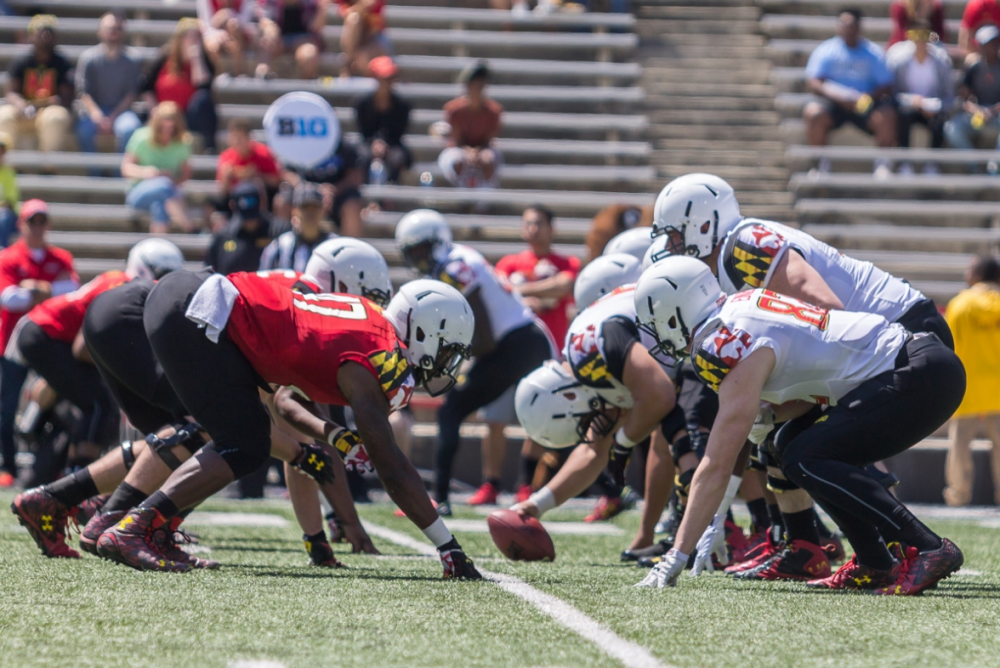Views expressed in opinion columns are the author’s own.
The tragic death of Jordan McNair, and the overall toxicity of the Maryland football program, are evidence of the strong imbalance of power between players and their coaches. And the actions taken in response — several staff members being put on leave, some changes at football practices to improve safety and a new online platform for student-athletes to express concerns — do little to address this.
To truly improve the system, Maryland football players need to fix the underlying power dynamics between student-athletes and staff. They should push to form a union, and the university should grant them that right.
[Read more: USM Board of Regents will take control of investigation into Jordan McNair’s death]
Unionization in college football is an issue that has been discussed over many years. Most notably, the Northwestern football team attempted to unionize in 2015. In that case, the National Labor Relations Board dismissed the players’ petition, but declined to rule on the question of whether they are university employees who have the right to unionize, leaving open the possibility for student-athletes at other schools.
Terps football players are better suited for unionization than their Wildcats counterparts. Unlike Northwestern, this university is public, and public sector unions are permitted in Maryland. And given everything that’s happened, there couldn’t be a more appropriate time for this initiative.
Football players are technically students, but their work serves to enrich the university. Although the athletic department only broke even in fiscal 2017, there’s no doubt the purpose of the football program is to generate revenue — and eventually a profit — for this university. Maryland doesn’t invest well over $100 million in facilities, pursue lucrative TV contracts and pay coaches seven-digit salaries just to create camaraderie or promote teamwork.
In depending on its football program for revenue, the school puts pressure on it, which could lead to the kind of culture that arose under DJ Durkin and Rick Court. Coaches are paid huge sums with the expectation that they will make the team more profitable by winning more games; the football players are effectively working for the coaches.
[Read more: At Maryland’s first open practice since Jordan McNair’s death, player safety was the focus]
Football coaches don’t necessarily work to provide a service to their players; their interests are not always aligned. That’s why it’s important for student-athletes to have a union that collectively bargains for them.
Unionized players would have the power to demand better conditions during practices and better compensation. More than simply allowing individuals to file complaints and suggestions, a union would negotiate the terms under which the football team practices and plays games. This gives them the ability to stand in solidarity and collectively refuse to suffer an injustice like the abuse of players.
And should Maryland’s football players take this route, this university should support them all the way. The Northwestern football team failed to unionize only because the university challenged it in court. The only way to ensure just treatment for current and future players — and fulfill the president’s pledge for no student-athlete to be “in a situation where his or her safety and life are at foreseeable risk” — is to allow and facilitate the development of a union.
Zachary Jablow is a sophomore economics and government and politics major. He can be reached at zachjablow@gmail.com.



